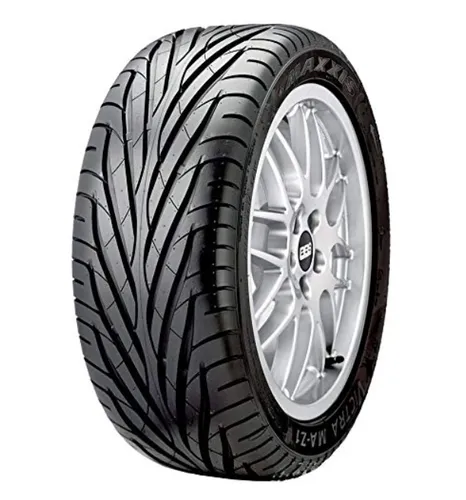Like other tyre names, Maxxis makes use of a variety of technologies, each of which has a unique name. For the typical mountain biker, it might be pretty perplexing. so let’s dive in and clarify everything. Thus get started when one had a chance. to browse the enormous assortment of Maxxis Tyres Chichester. And in everyone’s opinion, the new Maxxis tyre is the greatest downhill tyre available. Let’s begin right away!
The Composition Of A Tyre:
A tyre thus gets a composition of 4 primary components. The sidewall, of course. but also the bead, casing, tread compound, and puncture protection. Let’s expand all of these –
The Bead:
As soon as it is getting proper air, this component snaps onto the rim. Maxxis produces the following kind of bead:
Beaded Wire- The most durable is this, which is also the priciest and heaviest. Despite not being Tubeless Ready beads in the strictest sense. they are relatively simple to create tubeless since the wire under this is fairly strong.
The folding of Kevlar-The tyre may be getting folded, hence it is sometimes referred to as a folding bead. Though more expensive to produce. Kevlar beads are nonetheless durable and save a significant amount of weight. Thus don’t tell trying to use this bead tubeless because it is not ready.
TR Folding Kevlar- Tubeless Ready is getting abbreviated as TR. The tyre around the kevlar is getting better folding in the same way as in the kevlar folding. But when having sufficient air, the rubber is also changing to form a seal against the rim. To keep tubes from popping out, TR tyres must be getting proper sealing with a liquid.
Casing:
The tread is not available there in the term “carcass” which describes the whole of the tyre from bead to bead. Since a tyre’s casing greatly influences. How much it weighs and how durable it is, Maxxis offers quite a few distinct variations of it.
It’s important to discuss TPI, another technical word. before discussing the various types of casings (Threads Per Inch). Either 50 TPI or 100 TPI make up the majority of Maxxis tyres. The lighter, thinner, and more able to adapt to the curvature of the terrain higher 100 TPI case. The 50 TPI case, yet, is much going away to cuts, cuts and abrasions.
Treading Compound:
Tread compound is a term coming into use to describe the tyre’s durometer (softness). The lower the durometer value, the soft will be the rubber compound; also by an “a”. There are several tread compounds that Maxxis produces. and they use single, dual, or triple rubber compounds:
Individual Compound- Throughout the tread of the tyre. the exact substance was coming into use.
Double Compound- In this case, the centre knobs are also composed of a firmer compound. for the higher life of the wear and the rolling resistance. while the side knobs are thus built of a softer rubber for improved cornering grip.
Multiple Compounds- Also referred to as 3C. this is when the centre tread is getting coated with a medium compound. while the side knobs are also covered with a soft compound for the best cornering grip. This arrangement helps knobs keep their form better. The three 3C chemicals are also getting better production by Maxxis tyres.
Tread Pattern:
The names of Maxxis tyres come from the various tread patterns. There is a large selection of tread patterns from Maxxis to meet almost every need. Many of Maxxis’ tyres have recently undergone design changes. To use the tread for usage on contemporary rims with greater internal widths.
Traditional tyres for older, smaller rims, and when mounted. To larger rims, they might produce a square profile and perform less well. Although the performance of those Tyres Chichester is best when used with rims. They have an internal width of 30mm, they are coming into use with rims that are 25mm in width. Rims that are either 30mm or 25mm in width and thus considering the advice of Maxxis.

